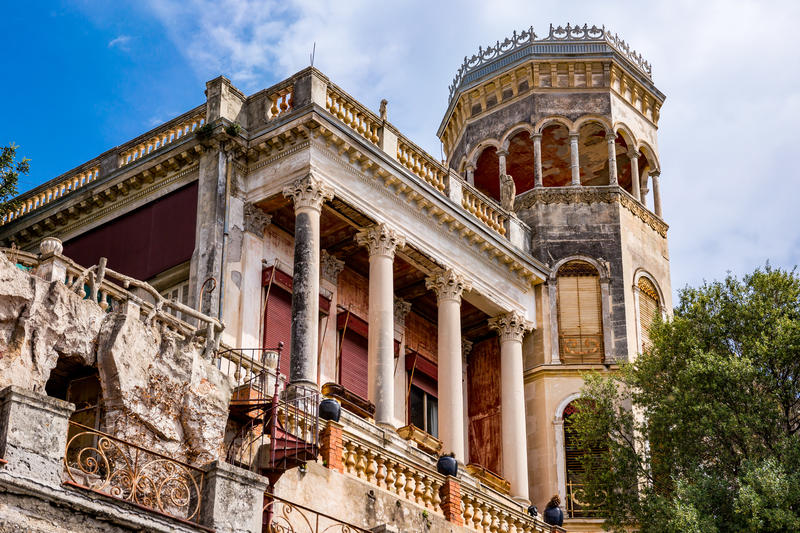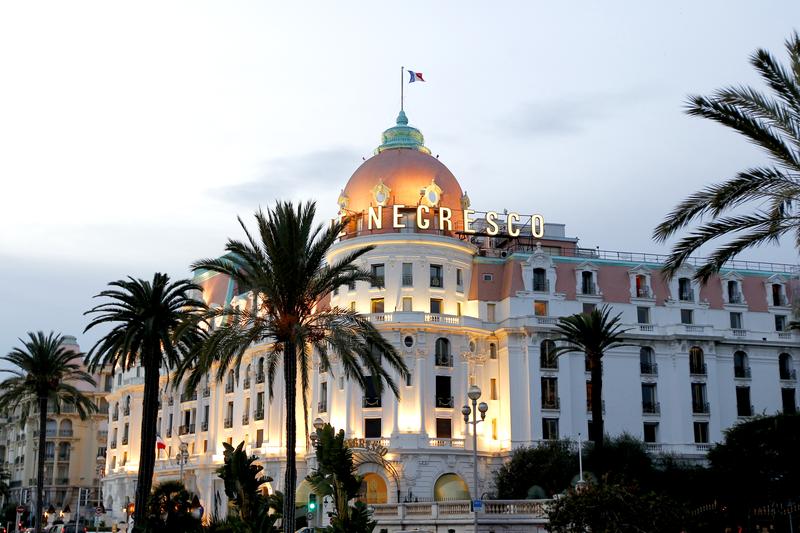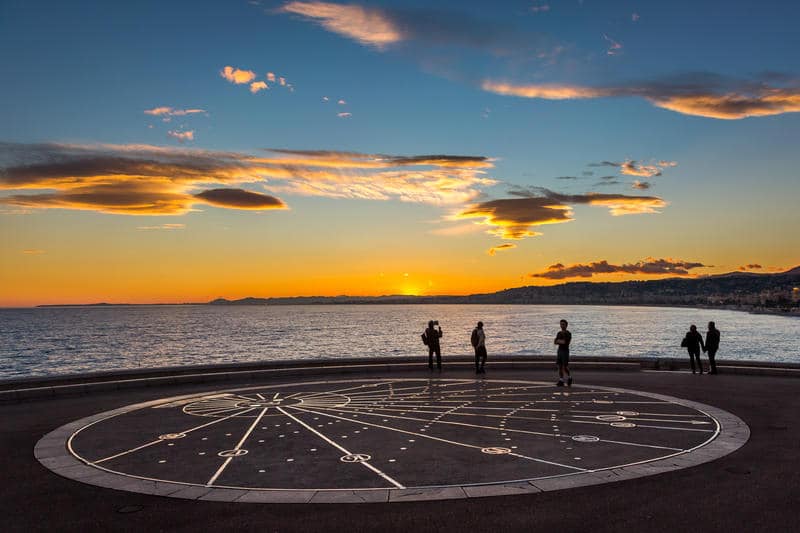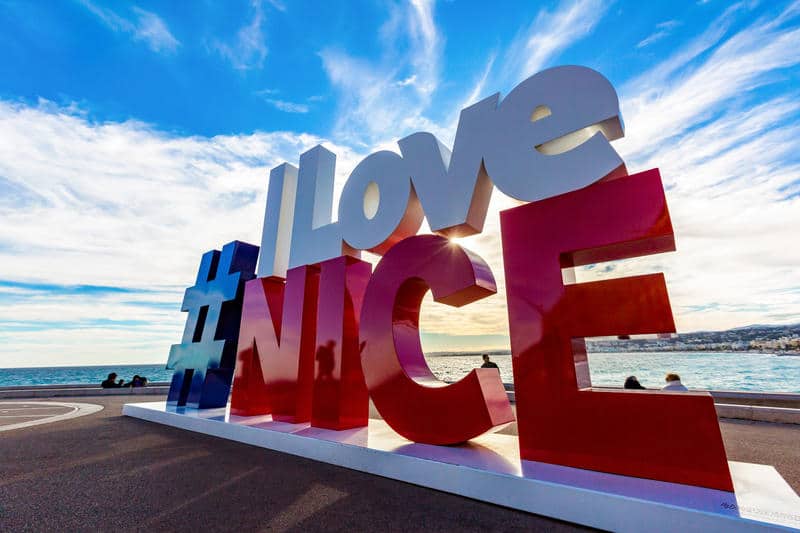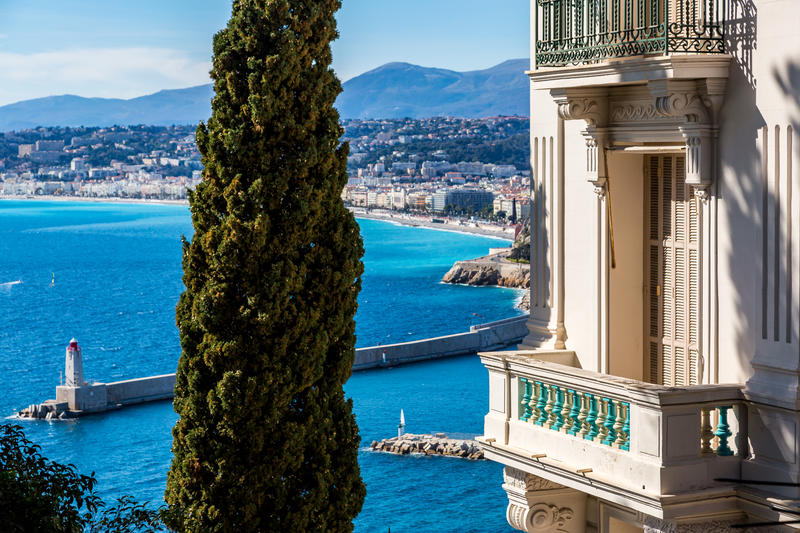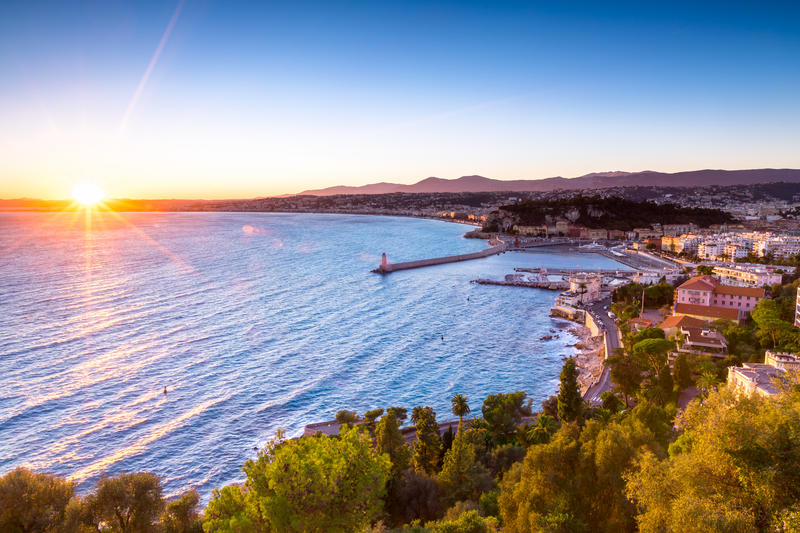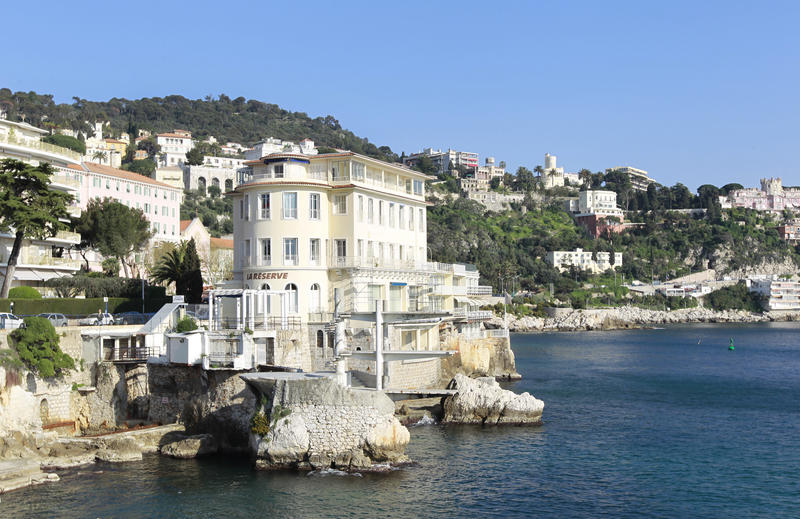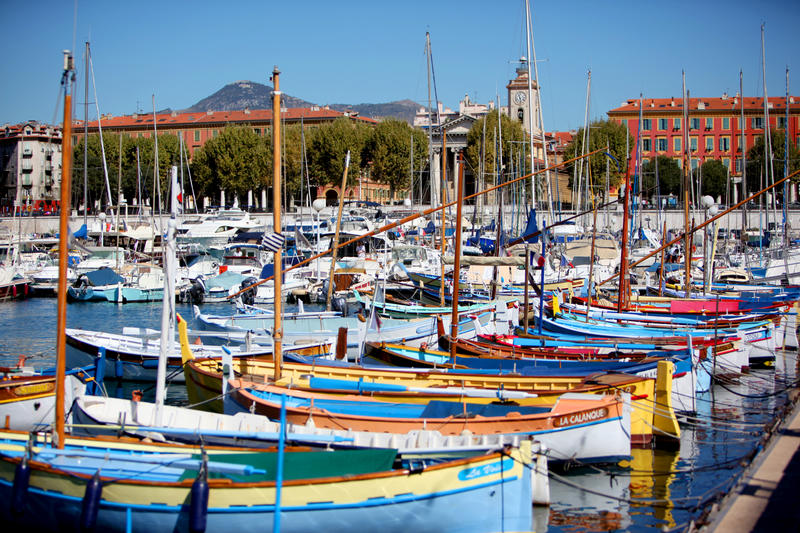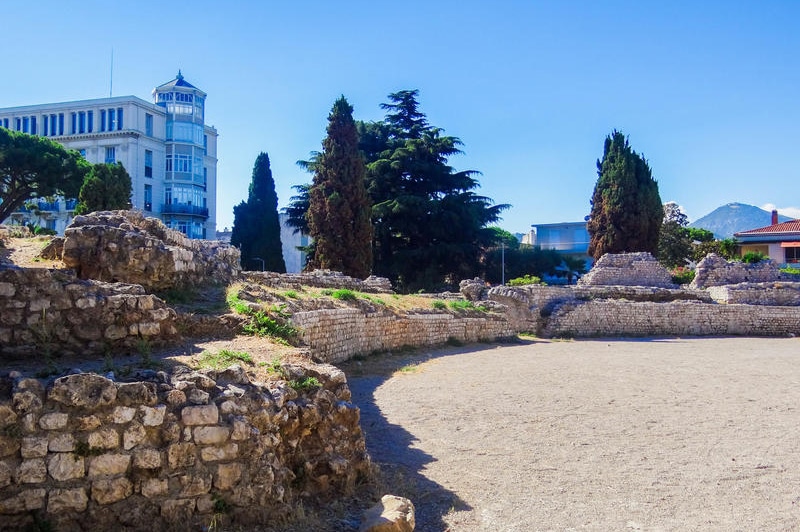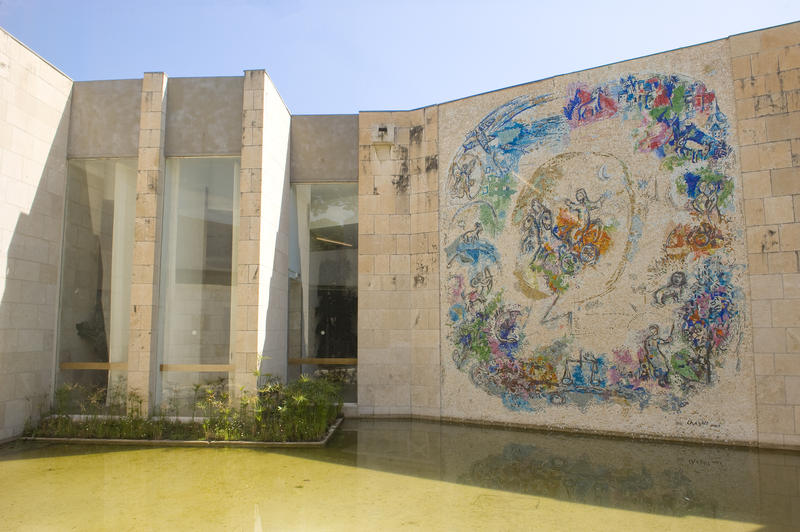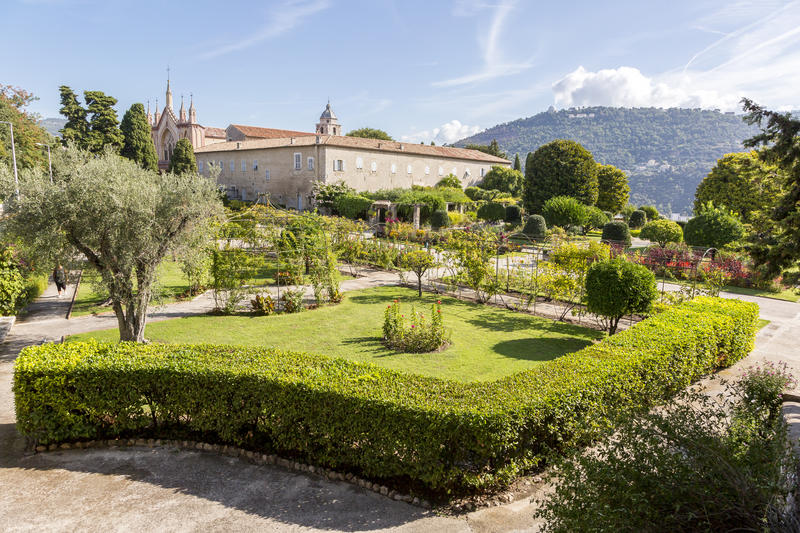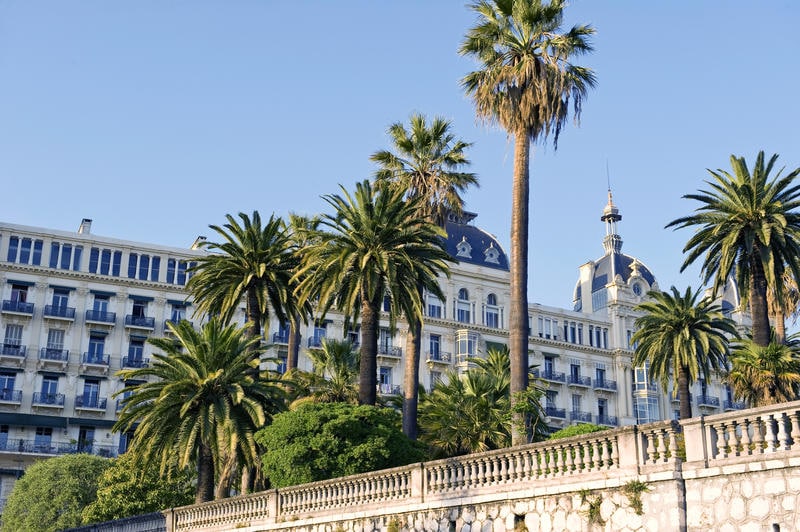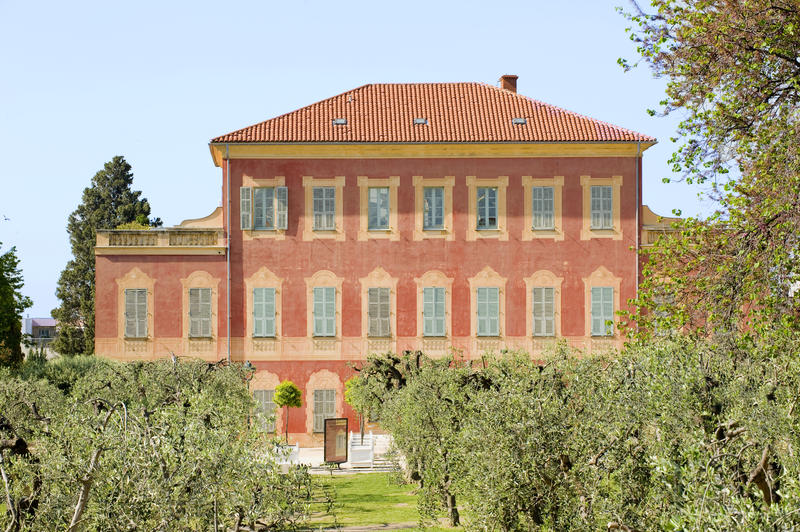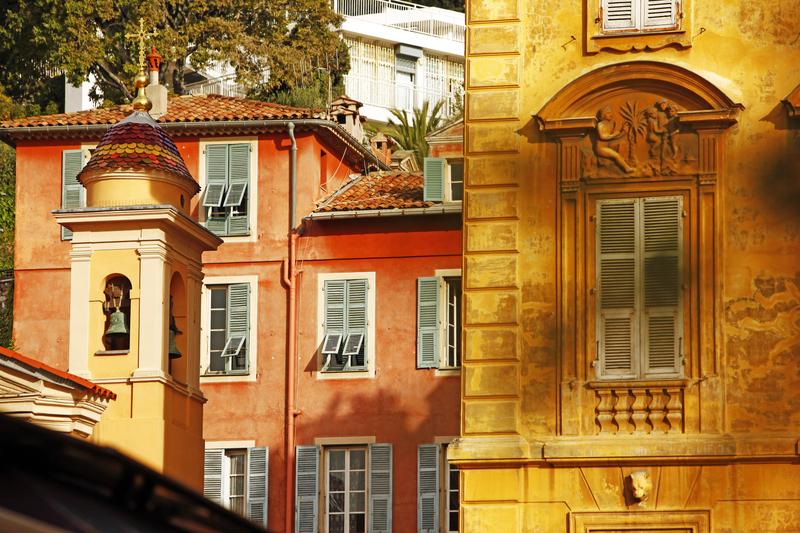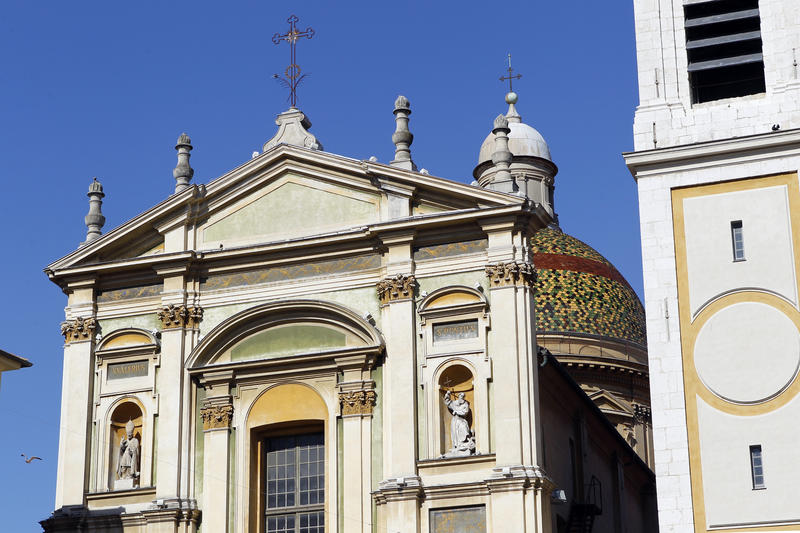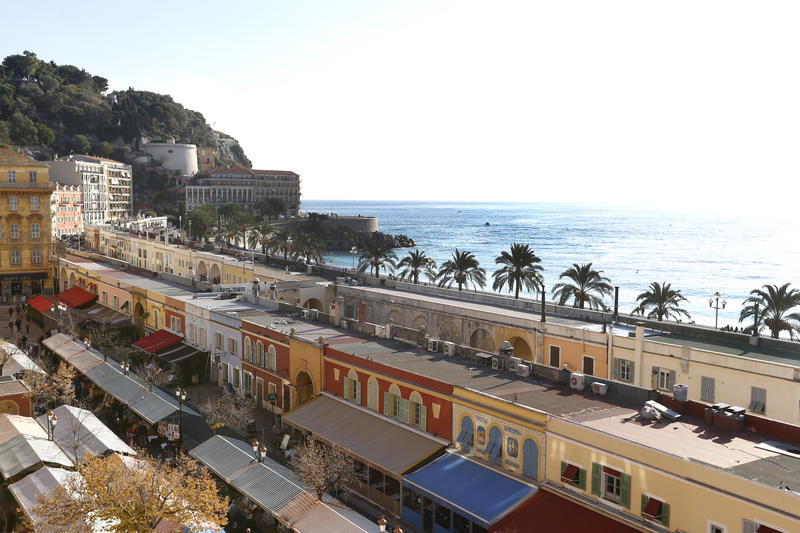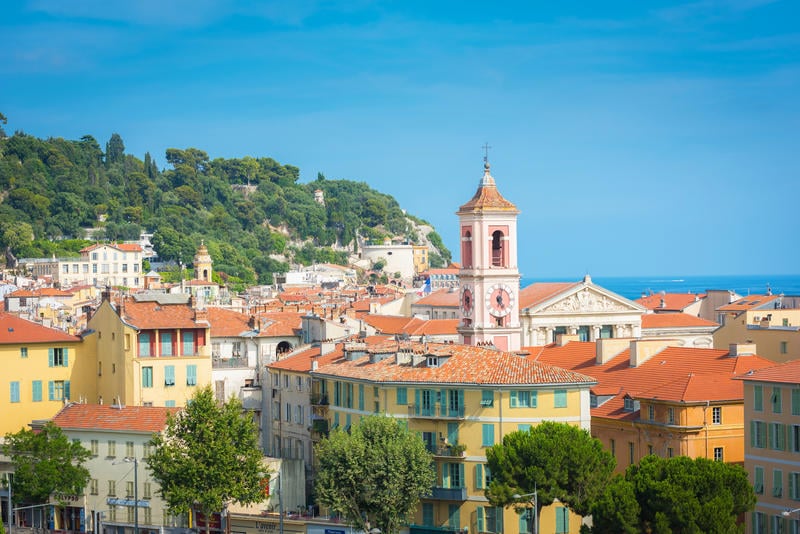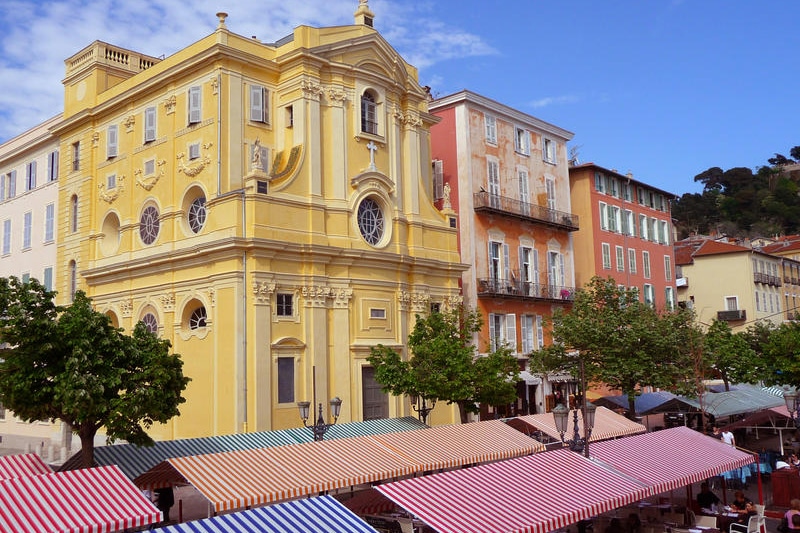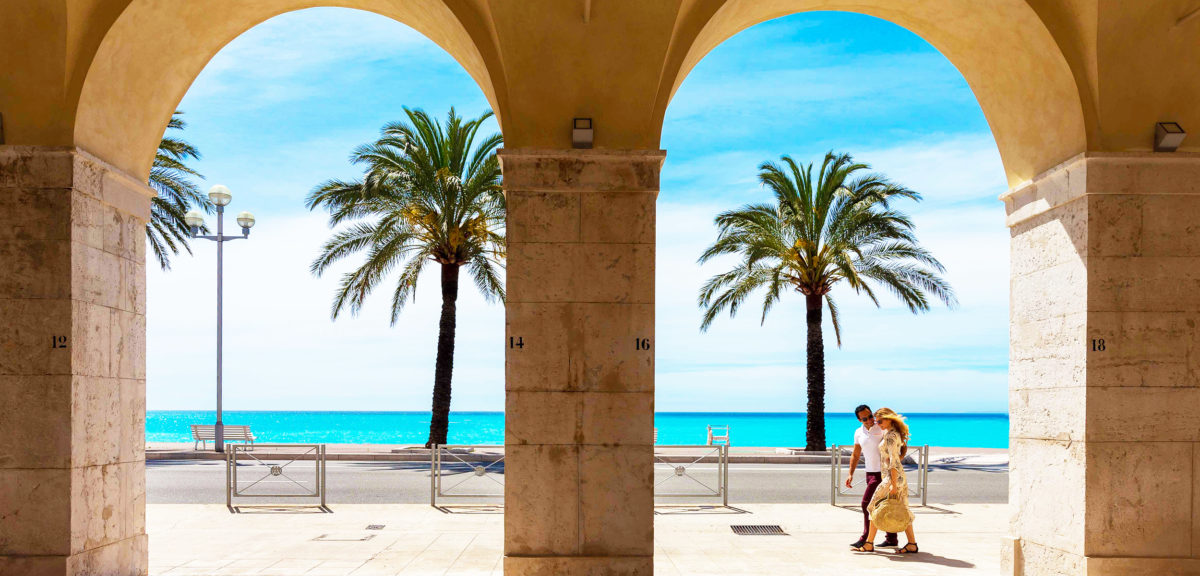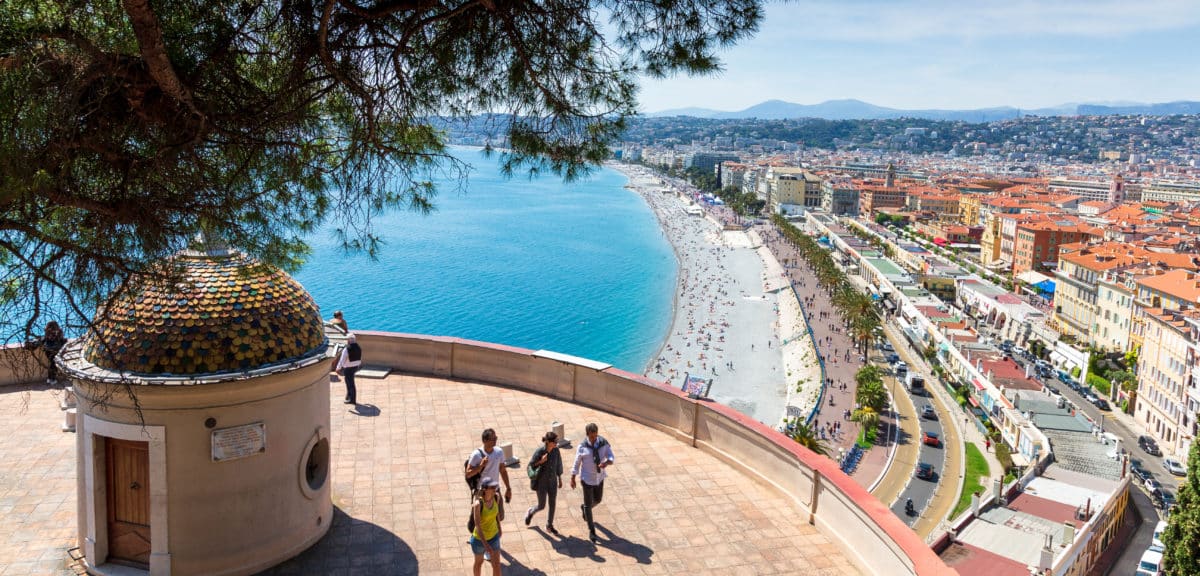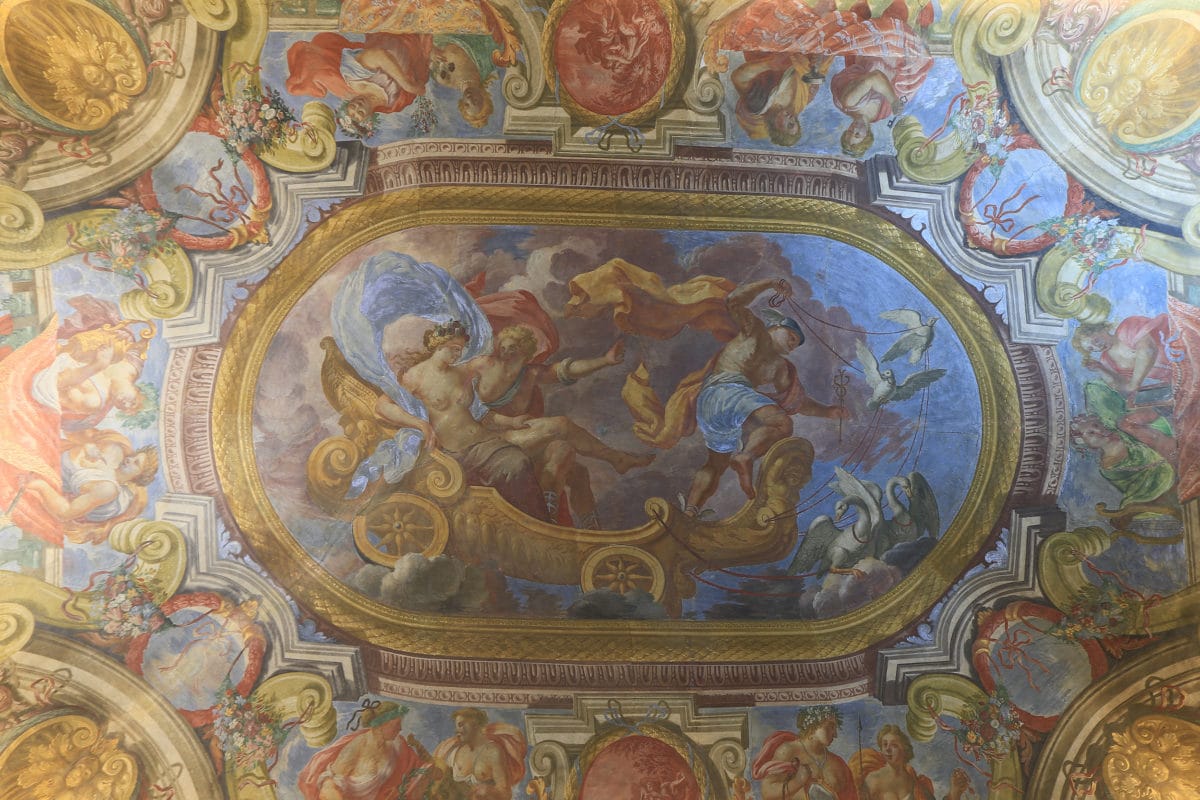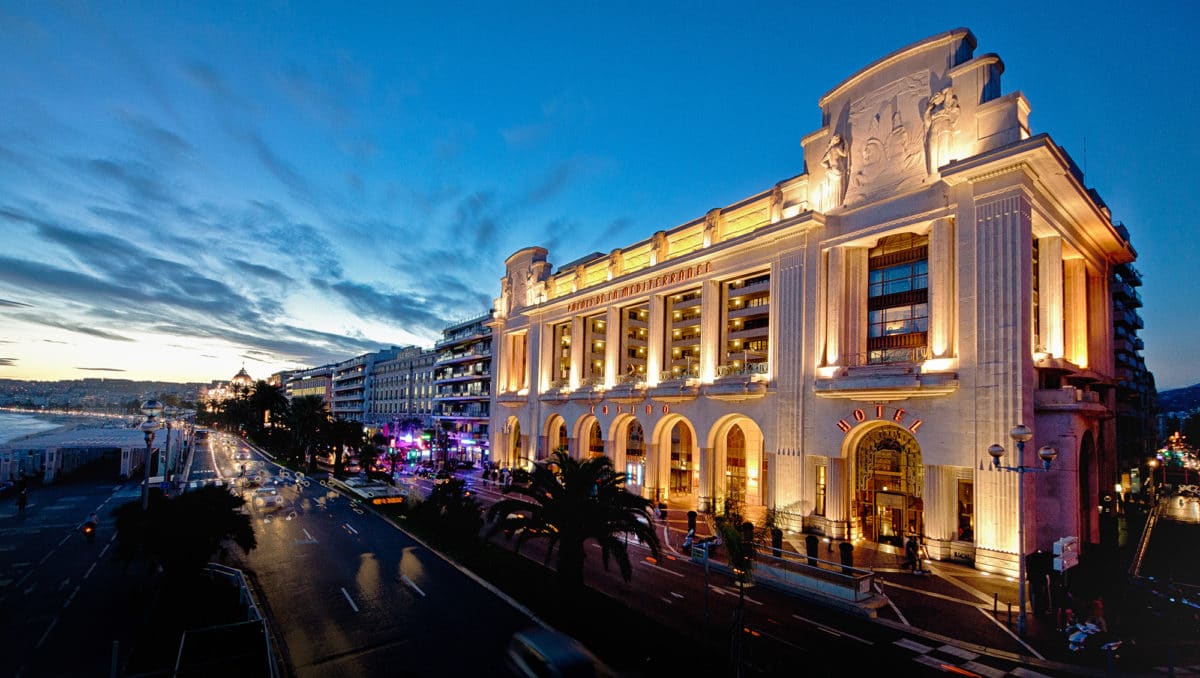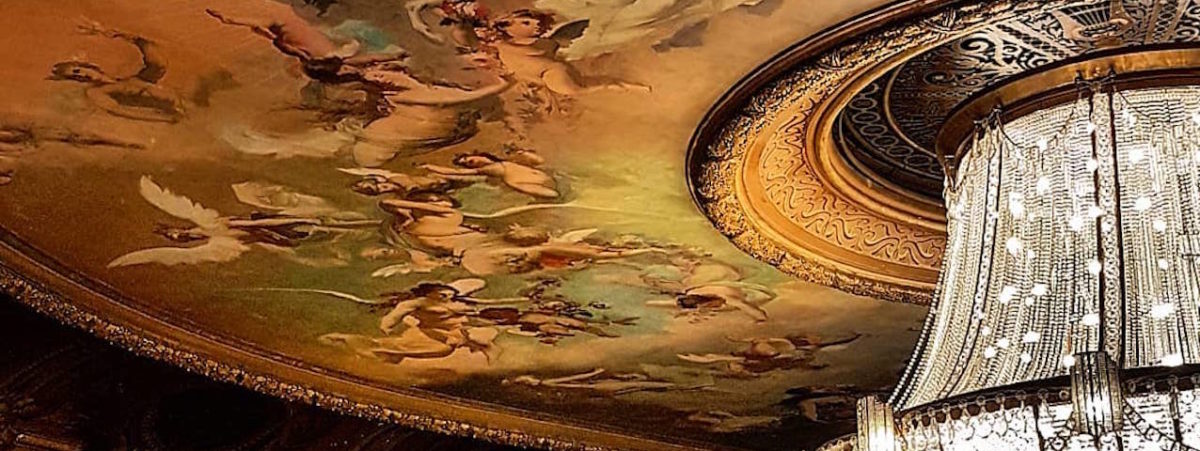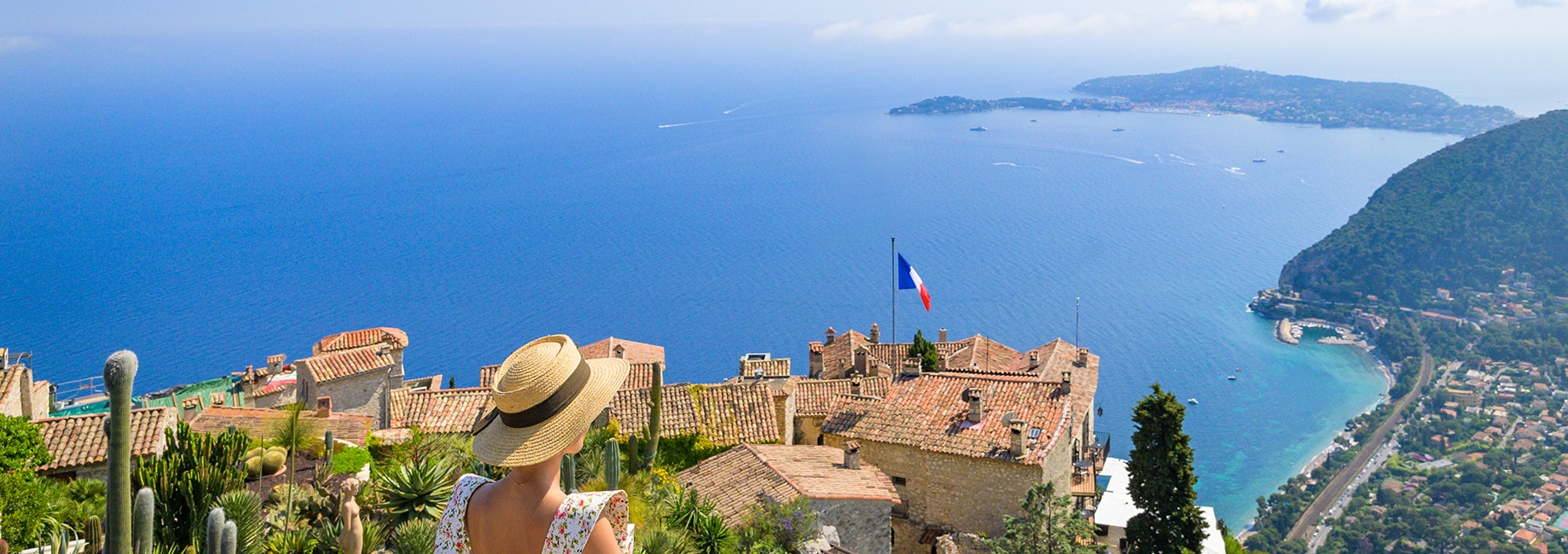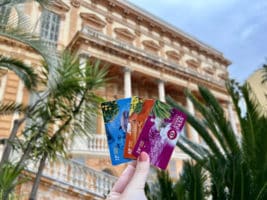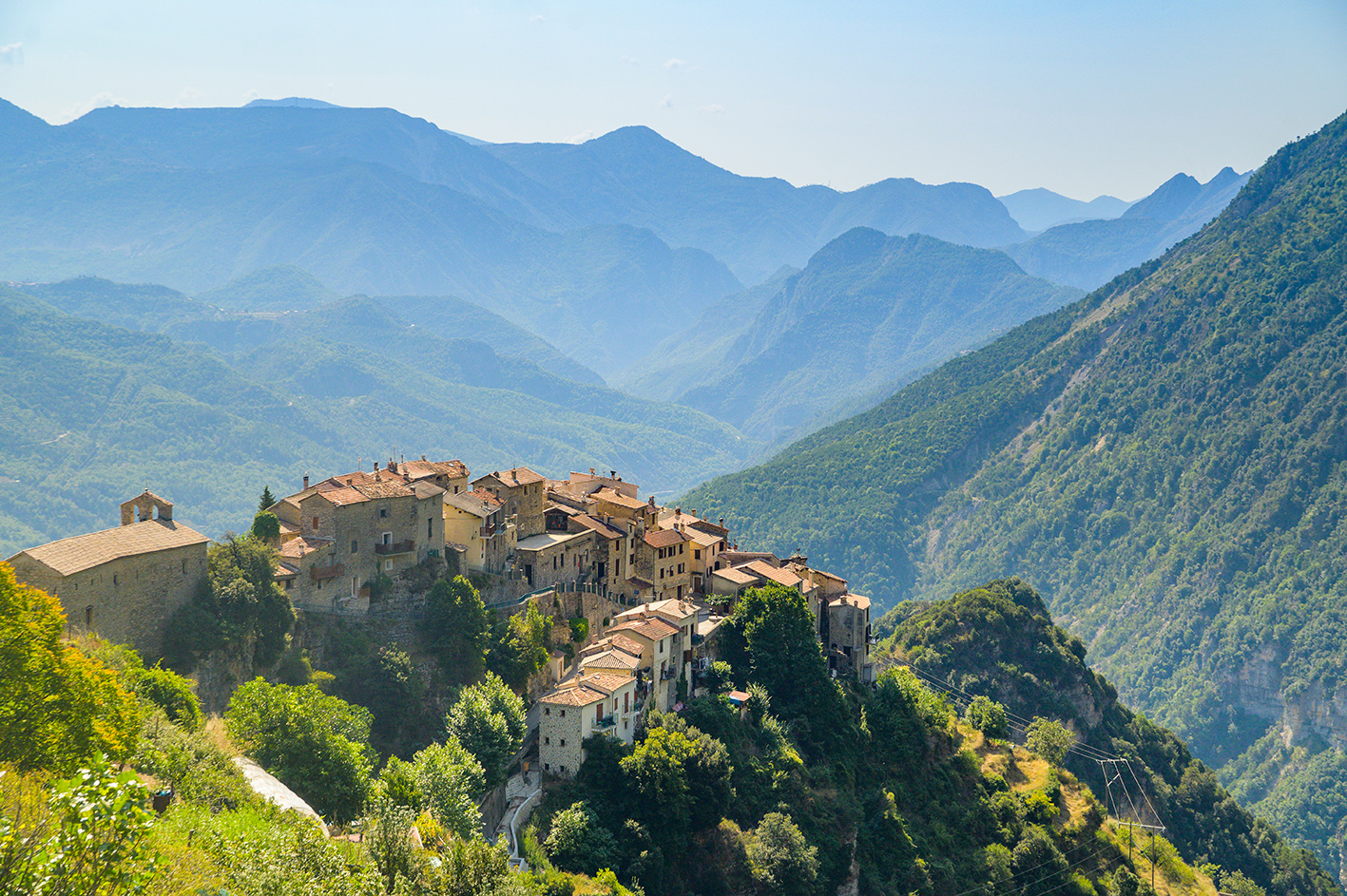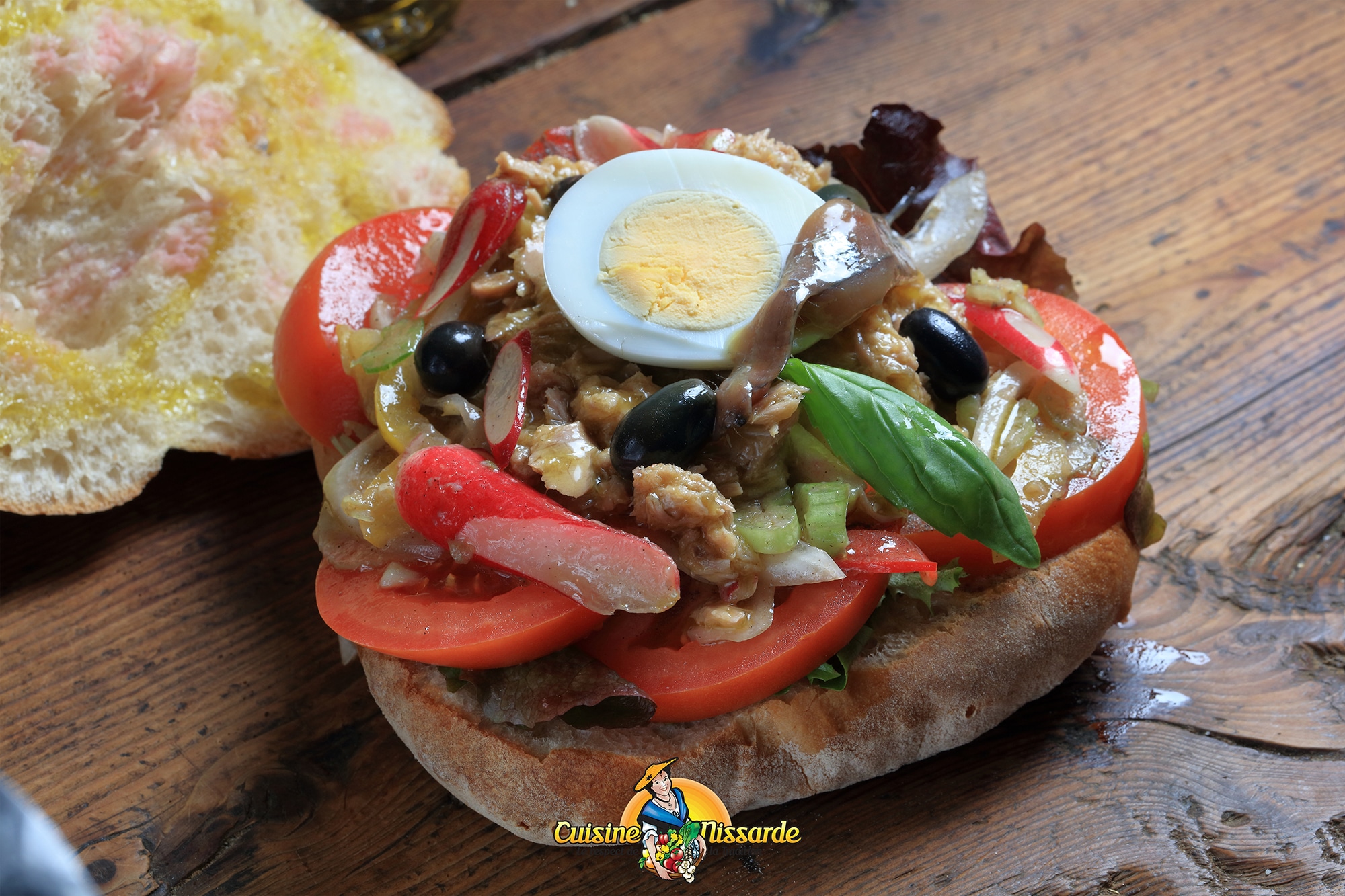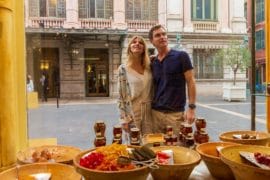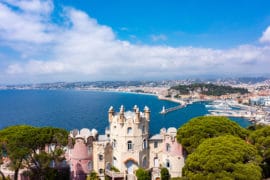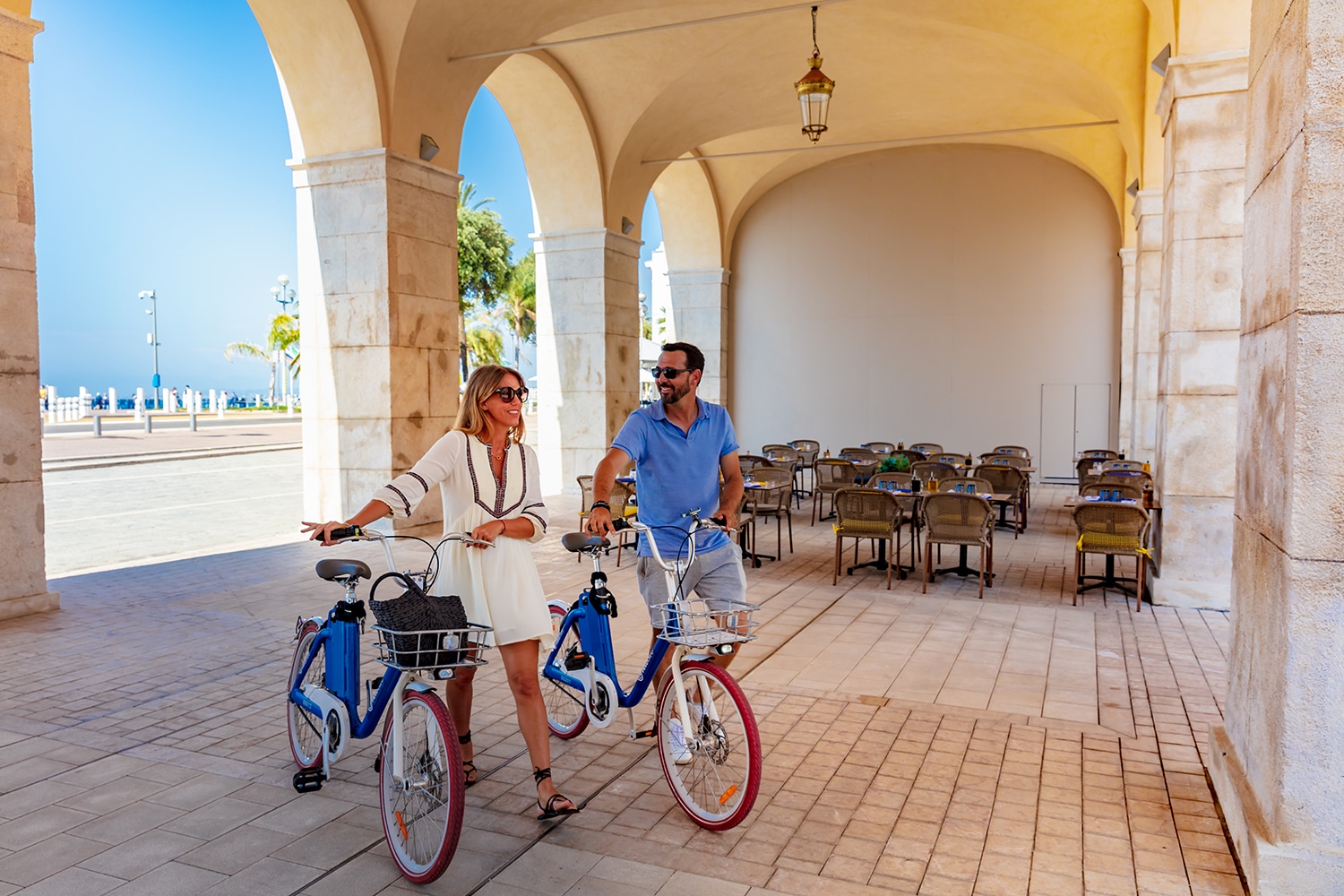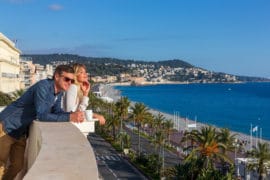Discovering “Nice, Unesco’s World Heritage Site”
4 January 2023
You may have missed it, but the people of Nice have been waiting for it for almost ten years…
The inscription of Nice on the Unesco World Heritage List is effective since July 2021!
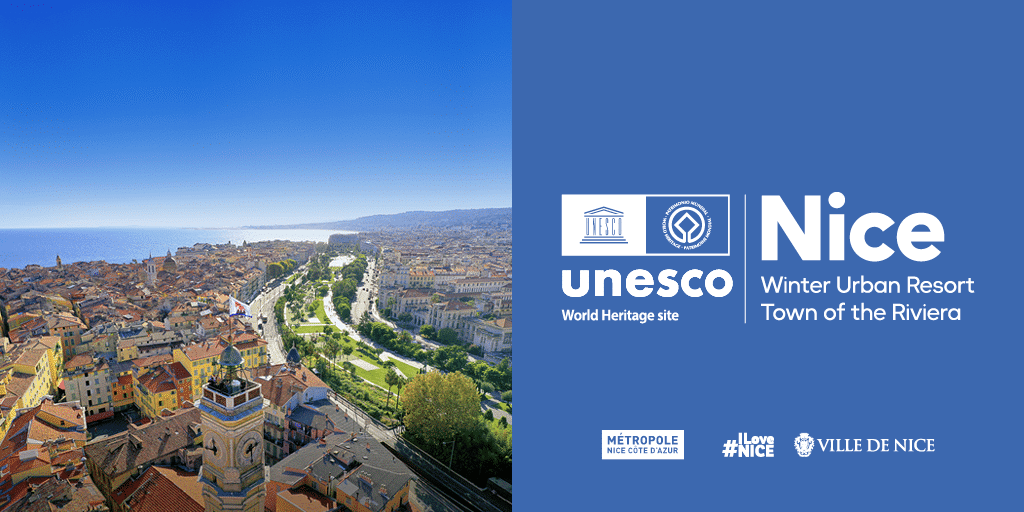
As the “winter resort city of the Riviera”, Nice’s inscription on the Unesco list is based on an urban ensemble of 522 hectares. This includes the famous Promenade des Anglais, but also the bourgeois and tree-lined districts of Cimiez and Mont-Boron, the sublime villas and charming hotels in various districts, the vegetation that is both local and exotic, as well as the urban planning and architecture that have shaped the city through two and a half centuries of tourist activity.
I’ll start with some history to explain the context… At this stage of my story, I’ll voluntarily skip the prehistoric period (Terra-Amata Museum), the Antiquity (Ruins and Archaeology Museum of Cimiez) and the vestiges of the Middle Ages (Archaeological Crypt Place Garibaldi) to concentrate on the arrival in Nice of the first wealthy English, then Russian, winterers. Long before it became a summer paradise, Nice was in fact, between the end of the 18th century and the end of the 19th century, the winter refuge of aristocrats and crowned heads. They left the cold of Northern Europe to stay on the Côte d’Azur. Nice then reinvented itself to better welcome this nobility in search of sun, parties, social life and the good life. Luxury hotels, palaces and opulent villas flourished on the outskirts of the old town, then on the hills. The talented architects of the different eras have given Nice a remarkable and wonderfully eclectic architectural heritage.
I invite you to discover this richness in video and by strolling through some of the most beautiful districts of Nice.
From the Promenade des Anglais to the Mont-Boron hill
Paris has the Champs-Élysées, Nice has its Promenade des Anglais!
The Promenade des Anglais is the showcase of Nice and the pride of the people of Nice. It runs for 7 kilometres along the Bay of Angels and the Mediterranean. Since its creation in the 1820s by the English Reverend Lewis Way, the Prom’ as it is known to the locals, has been able to evolve and retain its attractiveness. Join the walkers and cyclists who come in the morning to enjoy the light and the incredible shade of blue of the sea. On the northern side, palaces and apartment buildings compete in beauty and style. Some of the buildings are classified as historical monuments.
Some remarkable facades to contemplate on your journey
- The Villa Collin de Huovila, 139, Promenade des Anglais (1911) – Private building. House on two levels with a belvedere.
- Le Palais de l’Agriculture, 113 Promenade des Anglais (1900) – Belle Époque style – Public building
- The hotel Le Négresco, 37 Promenade des Anglais (1913) – Second Empire style – Public building – Rated 5*, the palace is listed among the most beautiful hotels in the world.
- The Villa Masséna, (1898 – 1901) – Neo-classical style – Public building. Listed as a Historical Monument, the Villa Masséna, an architectural jewel, presents the history of Nice in the 19th century in its wooded setting.
- The West-End Hotel, 31 Promenade des Anglais (1842) – Classic style – Public building
- Le Palais de la Méditerranée, 13 Promenade des Anglais (1928) – Art Deco style – Public building – Temple of the arts and games during the Roaring Twenties, it appears, since its construction, as the most grandiose casino in the world. Today, the building houses a 5* hotel and a casino.
On your way to the port
Heading east from the Promenade des Anglais, you will reach, without even realising it, the Quai des États-Unis and the Quai Rauba Capeù. You won’t be able to resist taking a selfie in front of the #ILoveNice with the Mediterranean Sea in the background. You’ll also have fun guessing the time thanks to your shadow on the sundial!
Then take the stairs up to the Castle Hill. This small promontory is a listed natural site. You will appreciate this real labyrinth of greenery for the freshness of its undergrowth and its surprising waterfall. A real balcony overlooking the sea and the port of Nice, the Colline du Château also offers exceptional panoramic views from sunrise to sunset (cover photo @OTM NCA / J.Kelagopian).
Then go back down to the Port. The architectural environment which serves as a backdrop to the main basin is remarkable and beautifully coloured with an ochre, yellow and red palette, in symmetry around the Notre Dame du Port church. The yachts, sailboats and almost a hundred traditional wooden boats make it a tourist attraction, as do the many shops, exhibition venues and restaurants that contribute to the appeal of this district.
Coco Beach and the Mont-Boron
Only a few steps from the port… Coco Beach and La Réserve. In summer, the people of Nice storm the small pebble beach and the rocks at the water’s edge. The locals enjoy the calm and the preserved nature. Facing the sea, the magnificent villas seem to be sunbathing. Note the Château de l’Anglais and its eccentric pink façade, inspired by the palaces of the maharajas…
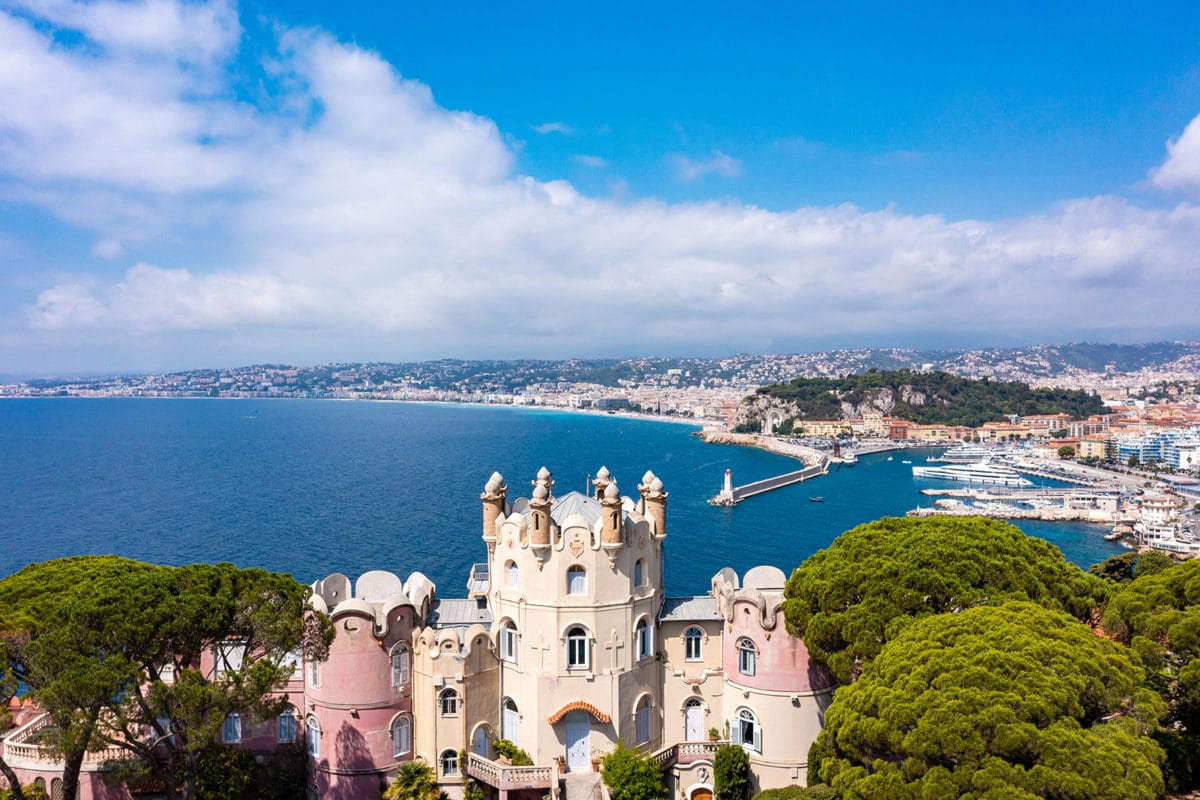
A little higher up, the Mont-Boron forest park offers walkers and joggers its 11 kilometres of marked paths and 57 hectares in the heart of a Mediterranean forest (Aleppo pines, carob trees, wild olive trees and rare species). In this maze of paths, you will reach the beautiful military fort of Mont-Alban. From there, you won’t be able to take your eyes off the unique panorama that presents itself to you… On one side, Italy, on the other, the Estérel, in the middle, the extraordinary harbour of Villefranche-sur-Mer, the Cap-Ferrat peninsula, Nice and the mountainous relief of the Alps. The view is simply sublime…
Stroll in the residential area of Cimiez
Ideally located on the heights of Nice, the historic site of the Cimiez hill still bears the traces of human occupation in the Gallo-Roman era (Archaeology Museum, arenas and thermal baths). In the 8th century, Franciscan monks settled there and founded a monastery that is still active today (Monastère de Cimiez).
During the Belle Époque, the district became the favourite holiday resort of European monarchs (Queen Victoria, George V, Edward VII and Leopold II). A large olive grove, a rose garden, landscaped gardens, elegant residential buildings, museums… A visit to this district will certainly charm you.
Some remarkable buildings to discover in this area
- Excelsior Regina Palace, 71-73, boulevard de Cimiez (1897) – Classical style (apartment building), former hotel that welcomed Queen Victoria during her stays in Nice.
- Matisse Museum, 164 Avenue des Arènes de Cimiez (1685) – Classical style (public building) – In a 17th century Genoese villa, in the heart of the Cimiez gardens, the monographic museum allows you to follow the artistic evolution of the painter who lived in Nice from 1917 until his death in 1954.
- L’Alhambra, 46-48 Boulevard de Cimiez (1900) – Neo-Moorish style (residential building).
- Château de Valrose, 28, avenue de Valrose (1867) – Neo-Gothic style (public building).
- The Monastery of Cimiez, Place Jean-Paul II (800) – Gothic style (public building) – A popular place of pilgrimage in the 16th century.
- Garden of the Cimiez Arena, vast olive grove with thousands of olive trees over a hundred years old, lawns with free access.
- Manoir Belgrano, 5 Boulevard Edouard VII (1911) – Renaissance style (residential building).
- Palais Les Marguerites, 3 Avenue Liserb (1904) – Art Nouveau style (residential building).
- The Marc Chagall National Museum, Avenue du Docteur Ménard. The permanent collection is the largest public collection of works by the painter Marc Chagall.
The Old Town
The inscription concerns only part of the old town: the Cours Saleya, the Ponchettes, and the Opera of Nice.
The rest of the old town is not part of the perimeter of the inscription because it corresponds to an earlier development of the town, as does the Garibadi district. It is, however, a festival of sensations in itselft! Narrow streets, yellow and ochre facades, craftsmen’s shops and small businesses, restaurants and lively squares make up the soul of this old quarter which is alive both day and night, without forgetting, of course, the Cours Saleya market, classified as one of the exceptional markets in France! A must-see!
Some remarkable architectural elements to discover in the old town (within and outside the inscription perimeter)
- The Palais Lascaris, 15 rue Droite. (Milieu du 17èdme siècle). Classified as a Historic Monument, this palace is the most remarkable monument of the civil baroque in Nice with its monumental staircase decorated with frescoes and its luxuriously decorated salons. The museum’s collection focuses on art and music.
- Chapel of Mercy, Cours Saleya – (Built from 1740). Baroque style. The richness of its interior decorations, the originality of its volumes and the paintings by Bistolfi make it a true Baroque jewel.
- Sainte-Réparate Cathedral, 3 Place Rossetti (1699) – Baroque style. Promoted to cathedral in the 16th century, it is the largest sanctuary in Old Nice.
- Caïs de Pierlas Palace, Place Charles Félix (1693) – Baroque style
- Church of St. Francis of Paola, 10 Rue Saint-François de Paule (1875), neo-classical style
- The Hall of Justice, Place du Palais de Justice (1890-1892). The Hall of Justice adopts the very traditional morphology of the neo-classical style with colonnade and grand staircase.
- Rusca Palace, Place du Palais de Justice (1776). Former garrison now transformed into the Tribunal d’Instance de Nice.
- Nice Côte d’Azur Opera House, 4 Rue Saint François de Paule (1885). The Nice Opera House was built on the site of a former theatre. Inspiration from different styles, notably Baroque.
- The Palace of the Duke of Savoy, Rue Alexandre Mari (1559 – 1826) – Neo-classical style. Seat of the Prefect’s residence.
- The Saint-François Tower, 2 ruelle Saint-André (1723 - 1792 ) – Baroque style – 50m above the ground, enjoy a breathtaking 360° view over the roofs of Nice.



